Spiranthes Rich.
lady's-tresses, ladies tresses
Orchidaceae
temperatetemperate:
(adj) of the climatic zone between boreal and tropical
and tropical regions of the World; maximum diversity in North America
Spiranthes cernua (L.) Rich.
S. graminea Lindl.
S. odorata (Nutt.) Lindl.
information not available
not weedy
amphibiousamphibious:
(adj) of a plant able to live on land or in water
herbs, some tolerant of short periods submergedsubmerged:
(adj) (syn. submersed) under water; submerged below the water surface
Medium to large orchid. Roots slender to tuberously thickened, fleshy, spreading to descending. Stem erect, slender. Leaves basalbasal:
(adj) at or pertaining to the base, or point of attachment
, occasionally attached to proximal portion of stem, alternatealternate:
(adj) (of leaves) bearing one leaf per node; placed singly on the stem at different heights
 , ascending to spreading; sessilesessile:
, ascending to spreading; sessilesessile:
(adj) attached directly, without a stalk
 to petiolatepetiolate:
to petiolatepetiolate:
(adj) relating to or in the form of a petiole; bearing petioles
; leaf bladeblade:
(n) (syn. lamina) the flat, expanded part of a leaf, frond, or petal (excluding, e.g., the petiole)
 linear, ovateovate:
linear, ovateovate:
(adj) egg-shaped in outline; generally with the broad end at or near the base
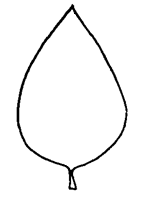 , ellipticelliptical:
, ellipticelliptical:
(adj) in the form of an ellipse (oval)
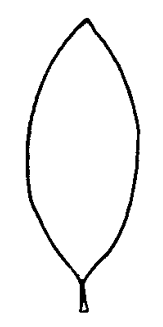 to oblanceolateoblanceolate:
to oblanceolateoblanceolate:
(adj) lance-shaped, with attachment at or near the narrow end. (compare lanceolate)
; apexapex:
(n) the point farthest from the point of attachment; the tip (often pointed)
acute or acuminateacuminate:
(adj) tapering gradually to a point and forming more or less concave sides
 . Inflorescenceinflorescence:
. Inflorescenceinflorescence:
(n) the arrangement of flowers on the floral axis
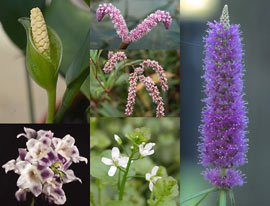 an erect spikespike:
an erect spikespike:
(n) an indeterminate, unbranching inflorescence of sessile flowers or flower clusters on a usually elongated axis
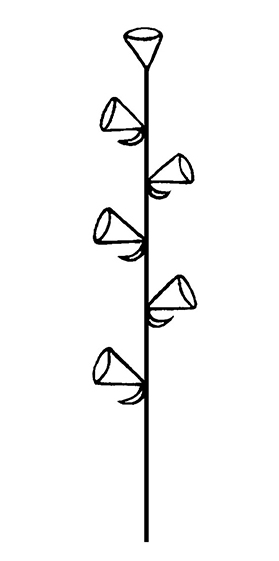 , loosely to tightly spiraled; rachisrachis:
, loosely to tightly spiraled; rachisrachis:
(n) the main axis of, e.g., a compound leaf or an inflorescence
glabrous to variously pubescentpubescent:
(adj) (1) covered with short, soft hairs; (2) bearing hairs
; bracteoles ovateovate:
(adj) egg-shaped in outline; generally with the broad end at or near the base
 to lanceolatelanceolate:
to lanceolatelanceolate:
(adj) lance-shaped; widest point below the middle, tapering to the apex
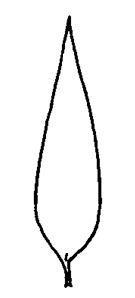 , apexapex:
, apexapex:
(n) the point farthest from the point of attachment; the tip (often pointed)
acuminate. Flowers small, mostly ascending, tubulartubular:
(adj) (of a corolla, perianth, calyx tube or other structure) (1) tube-shaped; cylindrical: narrow and elongate with more or less straight sides; (2) having segments fused into a tube (of any shape)
, white to cream, yellowish, or pink, ± fragrant; sepals free or connateconnate:
(adj) of plant parts congenitally united into a single structure
, ellipticelliptical:
(adj) in the form of an ellipse (oval)
 , linear to oblanceolateoblanceolate:
, linear to oblanceolateoblanceolate:
(adj) lance-shaped, with attachment at or near the narrow end. (compare lanceolate)
, glabrousglabrous:
(adj) without hairs or scales
to pubescentpubescent:
(adj) (1) covered with short, soft hairs; (2) bearing hairs
outside, dorsaldorsal:
(adj) (1) of the back of an organ or the side turned away from the axis (syn. abaxial) (compare ventral); (2) in thallose plants (e.g. liverworts); of the upper surface
sepalsepal:
(n) a member of the outer envelope of a flower (calyx)
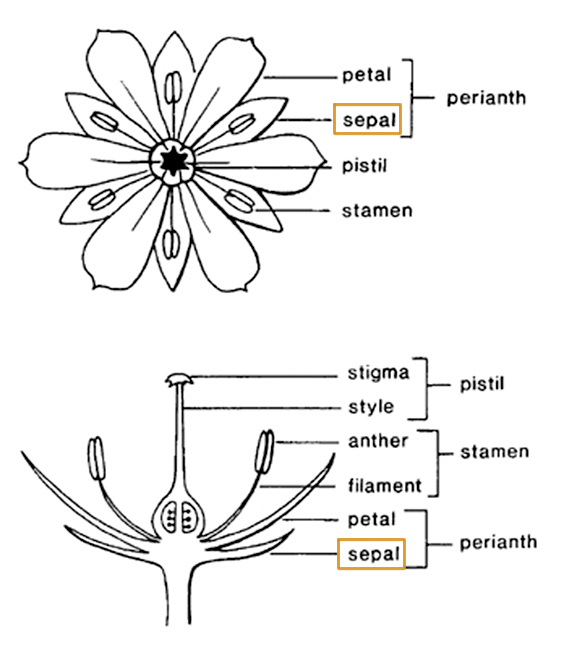 often fused with petals and forming a hood, laterallateral:
often fused with petals and forming a hood, laterallateral:
(adj) on or pertaining to the side of an organ or structure
sepals ± spreading or appressedappressed:
(adj) pressed closely to or lying flat against
to petals; petals linear to ovateovate:
(adj) egg-shaped in outline; generally with the broad end at or near the base
 , oblongoblong:
, oblongoblong:
(adj) two to four times longer than wide, with +/- parallel sides
 , apexapex:
, apexapex:
(n) the point farthest from the point of attachment; the tip (often pointed)
acute to obtuseobtuse:
(adj) with a blunt or rounded apex and sides coming together at an angle of more than 90 degrees
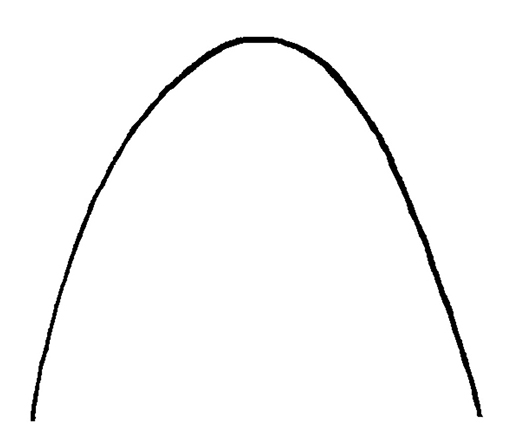 , ± spreading; spurspur:
, ± spreading; spurspur:
(n) a usually slender, hollow projection formed by the fused bases of the lower petals in some flowers notably of the genus Utricularia; a sac-like projection or extension of a petal or sepal; a short, fruit-bearing stalk
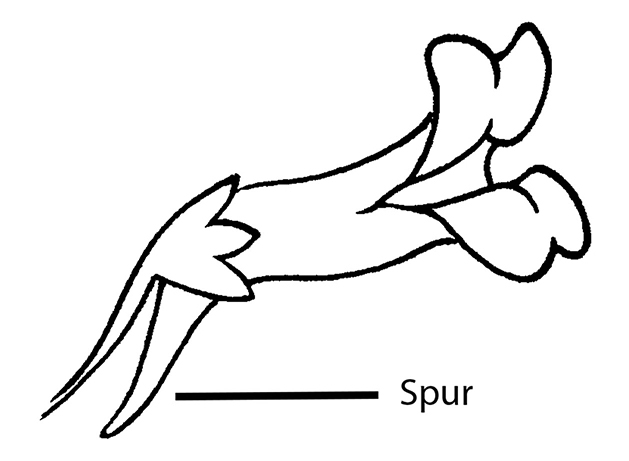 absent. Labellumlabellum:
absent. Labellumlabellum:
(n) in orchids, a central petal at the base of the flower, typically larger than the other petals and of a different shape
lanceolatelanceolate:
(adj) lance-shaped; widest point below the middle, tapering to the apex
 to ovateovate:
to ovateovate:
(adj) egg-shaped in outline; generally with the broad end at or near the base
 , oblongoblong:
, oblongoblong:
(adj) two to four times longer than wide, with +/- parallel sides
 , or ± rectangular, middle often constricted; entireentire:
, or ± rectangular, middle often constricted; entireentire:
(adj) having a continuous margin that is not toothed or lobed
 or shallowly 3- lobedlobed:
or shallowly 3- lobedlobed:
(adj) divided into (usually rounded) segments
; base typically with calli; apexapex:
(n) the point farthest from the point of attachment; the tip (often pointed)
acute to obtuseobtuse:
(adj) with a blunt or rounded apex and sides coming together at an angle of more than 90 degrees
 , ± recurvedrecurved:
, ± recurvedrecurved:
(adj) curved downward or backward
; apicalapical:
(adj) of the apex
marginmargin:
(n) edge; rim
typically crenulate or laceratelacerate:
(adj) torn; irregularly cut or slashed
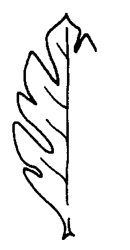 ; glabrousglabrous:
; glabrousglabrous:
(adj) without hairs or scales
or distally granular; often yellow to orange centrally. Fused stamens and carpels erect, fleshy; polliniapollinium:
(n) coherent mass of pollen grains, typically transferred as a unit during pollination (seen in Orchidaceae)
2, yellow, viscidia usually linear to linear-lanceolate.
in and along continuously or intermittently inundated habitats; fens, marshes, swamps, bogs, wet grasslands and meadows, stream banks
Spiranthes contains approximately 40 species, most of which are amphibiousamphibious:
(adj) of a plant able to live on land or in water
. It is one of the most widely distributed genera of orchids. Spiranthes odorata is often offered as an aquarium plant, where it thrives better if emersedemersed:
see emergent
in wet ground and not fully submergedsubmerged:
(adj) (syn. submersed) under water; submerged below the water surface
.